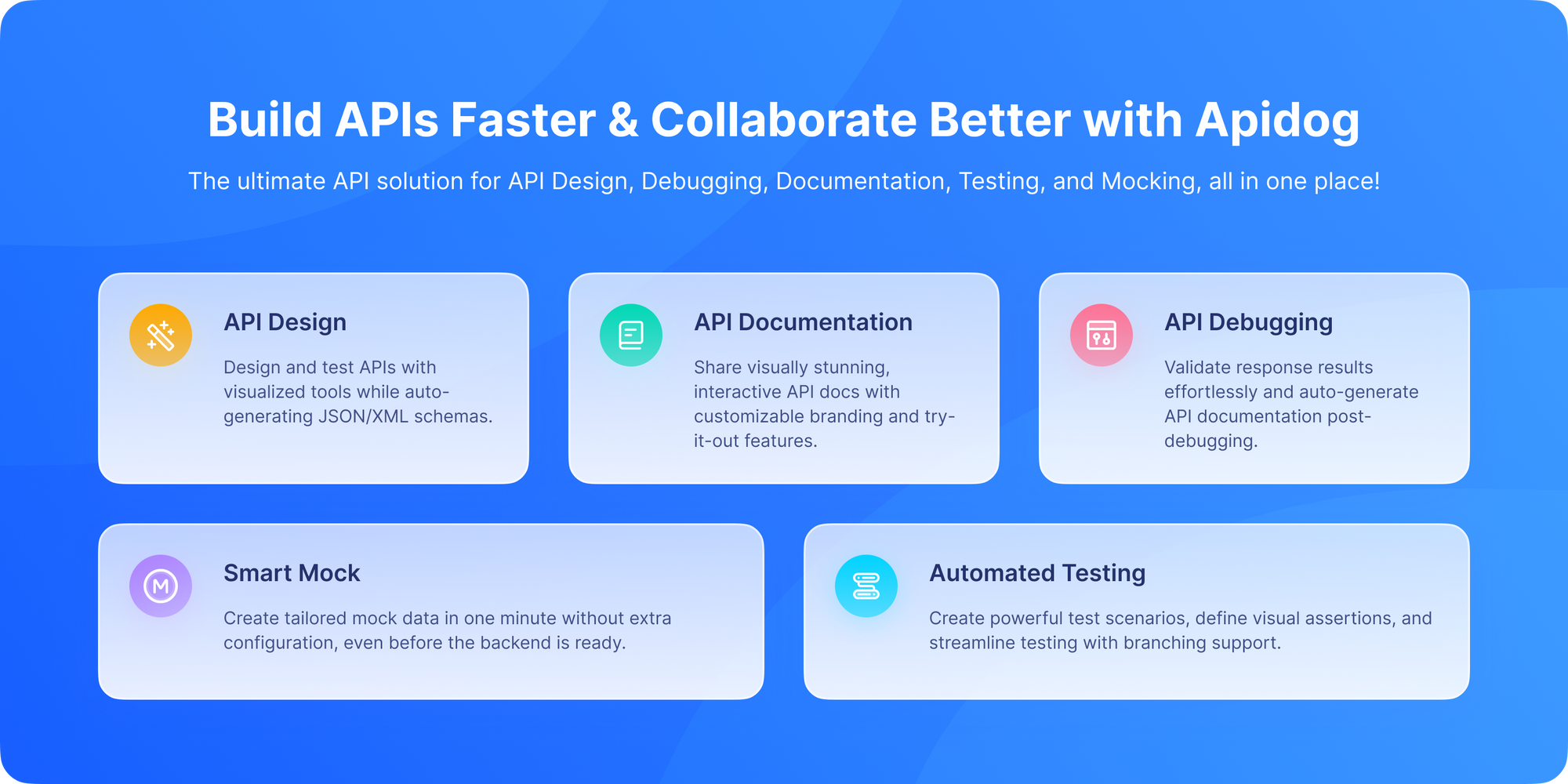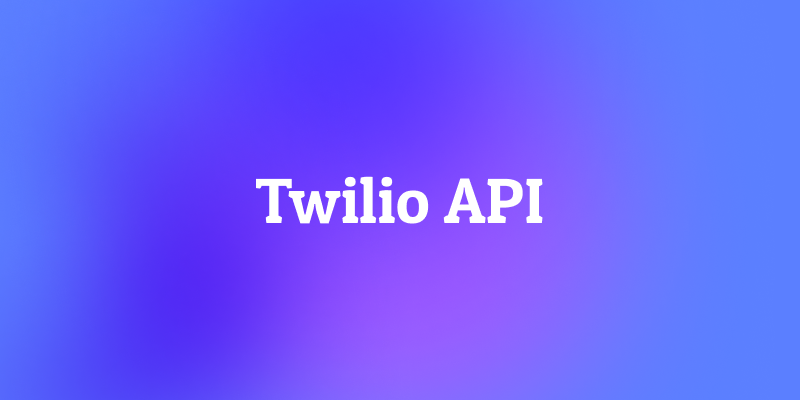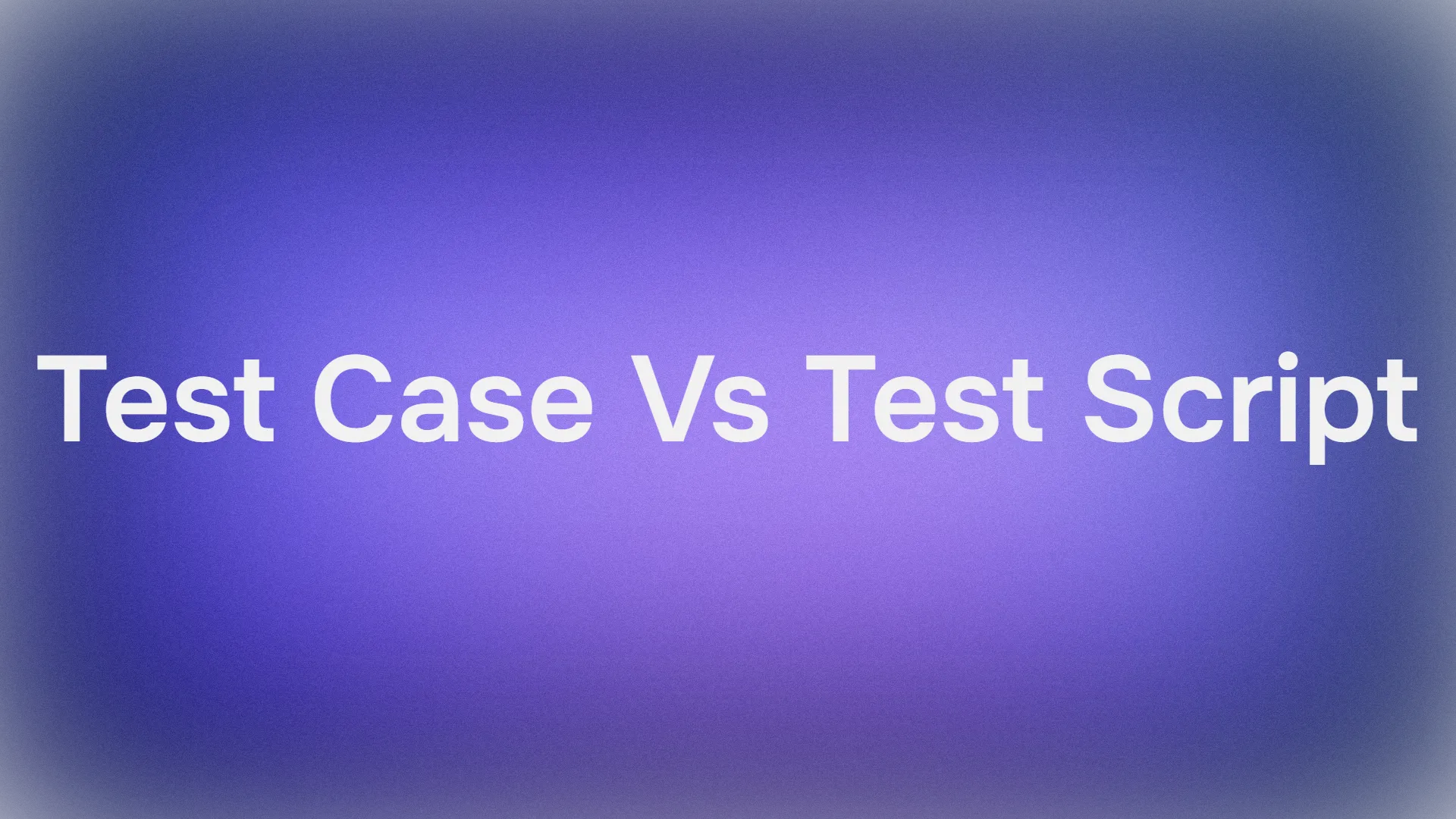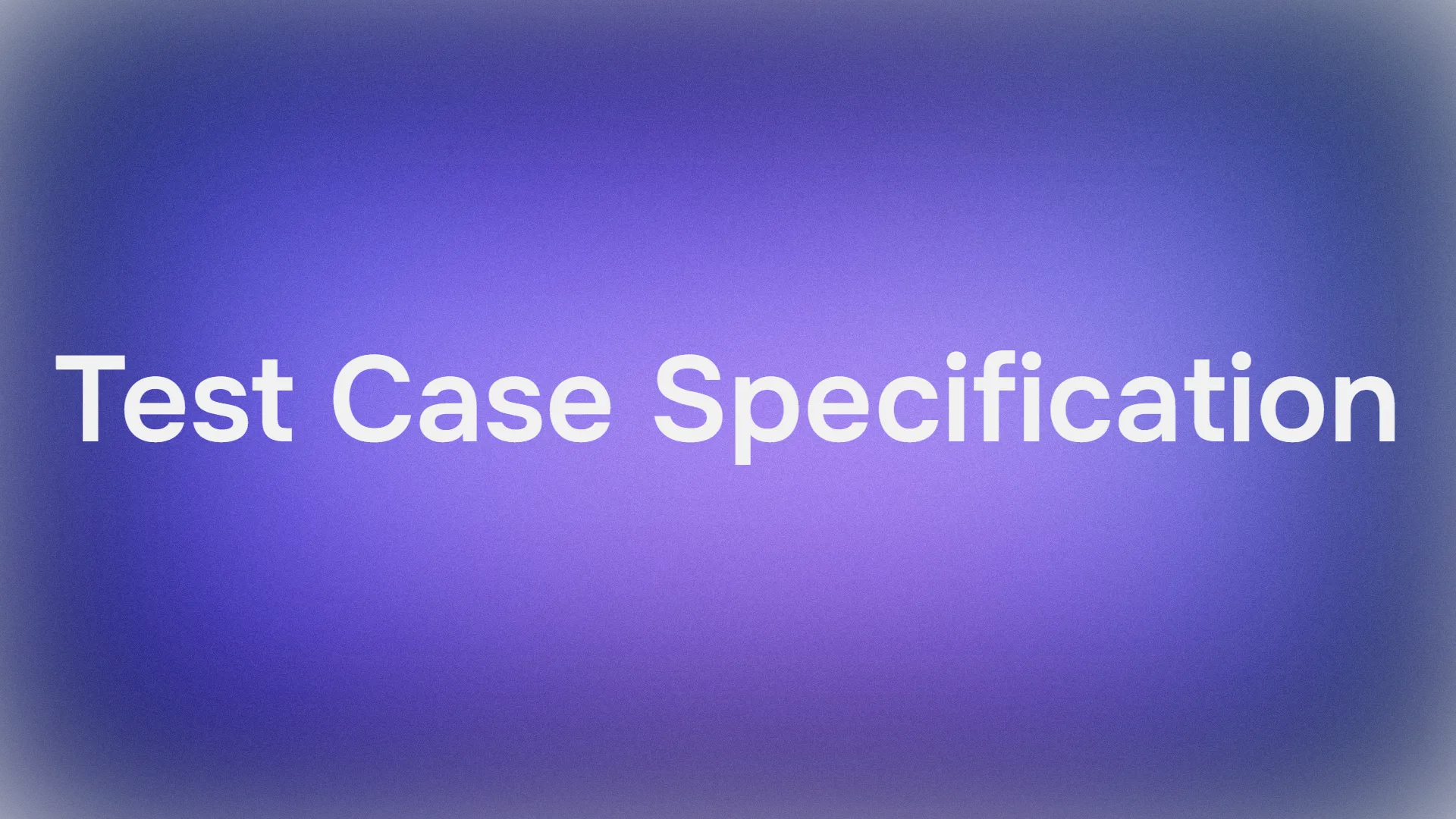Think about the last time you got a two-factor authentication (2FA) code via text. Or a delivery update from your favorite food app. Or a reminder call from your dentist. Have you ever wondered how those messages and calls are sent so automatically, so seamlessly?
The answer, more often than not, is Twilio.
Twilio is a cloud communications platform that allows developers to programmatically make and receive phone calls, send and receive text messages, and perform a host of other communication magic using its APIs. In simple terms, Twilio takes the incredibly complex global telecommunications network and makes it accessible through a few lines of code. It has become the go-to platform for companies looking to integrate communication like SMS, voice, video, chat, and WhatsApp directly into their applications.
It's the ultimate abstraction layer. You don't need to negotiate with carriers, buy phone numbers in bulk, or worry about hardware. You just use Twilio's simple API to tell it what to communicate and to whom, and it handles the messy details of connecting to phone networks around the world.
And before we dive into the specifics, if you're a developer looking to integrate communication features whether it's SMS, voice, or email you need a tool that makes working with these APIs effortless. Download Apidog for free; it's an all-in-one API platform that is perfect for testing Twilio's endpoints, crafting the perfect request payloads, and debugging responses before you write a single line of production code.
Now, let's unravel how Twilio turns complex telephony into simple API calls.
From Hardware to Code: The Twilio Revolution
To appreciate Twilio, it helps to understand what came before. Traditionally, adding voice or SMS functionality to an application was a nightmare. It involved:
- Physical Hardware: Buying and maintaining servers, phone lines, and PSTN (Public Switched Telephone Network) gateways.
- Carrier Negotiations: Making deals with phone carriers, which was time-consuming and impractical for a single developer or startup.
- Immense Complexity: Dealing with arcane telephony protocols like SIP, SS7, and more.
Twilio's founders saw this complexity and asked a brilliant question: "What if we could turn the entire global telecommunications network into a cloud API?"
They built a massive platform that handles all the hardware and carrier relationships. Then, they exposed its capabilities through a clean, RESTful API that any developer can understand. This democratized communication, allowing a solo developer in a garage to build applications that can call and text anyone in the world, just like a Fortune 500 company.
What is Twilio API?
Twilio is a cloud communications platform that lets developers build and scale communication features like voice calls, messaging (SMS, MMS, WhatsApp), video chats, and email into their applications using standard HTTP requests without having to deal with the complexities of telecom hardware and infrastructure.
The Twilio API is a set of RESTful endpoints and SDKs that provide programmatic access to these communication services, enabling your app or system to perform operations such as sending an SMS, initiating a phone call, or recording a voicemail.
Put simply: Twilio API is the developer-friendly bridge between your software and the telecommunications world.
The three most famous products are:
- Twilio Programmable SMS: For sending and receiving text messages.
- Twilio Programmable Voice: For making and receiving phone calls.
- Twilio Verify: For phone number verification and 2FA.
But their suite has expanded dramatically to include email, video chat, and even a customer data platform.
For example:
- You want to send a verification code to a user’s phone? Twilio SMS API can do that.
- You need to make an automated voice call? Twilio Voice API has you covered.
- You want to integrate WhatsApp into your customer service app? Twilio WhatsApp API makes it simple.
It’s all about communication-as-a-service where Twilio takes care of the complex backend, and you focus on your app.
Why Twilio Became So Popular
There are many reasons why Twilio became the market leader in API-driven communications. Imagine building a phone call or messaging system from scratch. You would need to manage phone carriers, hardware, regulatory compliance, and scaling hundreds of thousands of messages or calls.
Twilio abstracts away all this complexity, letting you:
- Ease of use: Developers can integrate Twilio with just a few lines of code.
- Scalability: Twilio powers communications for startups and Fortune 500 companies alike.
- Global reach: Twilio can send messages and make calls to numbers worldwide.
- Pay-as-you-go pricing: No need for upfront telecom infrastructure investments.
- Robust API ecosystem: Covers SMS, voice, video, email (via SendGrid), and more.
Basically, Twilio democratized access to telecom infrastructure by turning it into APIs.
How to Use the Twilio API
Using the Twilio API typically involves these steps:
- Sign Up and Get Credentials: Create a Twilio account and obtain API keys like Account SID and Auth Token.
- Make API Calls: Use HTTP REST calls or SDKs in languages like Python, JavaScript, or Java to interact with Twilio services.
- Send Requests: For example, POST a request to send an SMS or initiate a call.
- Receive Responses: Twilio returns JSON responses detailing status, error codes, or message IDs.
- Track and Manage: Use Twilio’s dashboard or API endpoints to monitor message delivery, call status, or usage stats.
This event-driven system makes Twilio both powerful and developer-friendly.
Beyond SMS: The Twilio Product Universe
While SMS put Twilio on the map, its platform has grown into a comprehensive communications suite.
1. Programmable Voice
This allows you to make and receive phone calls. The magic here is TwiML (Twilio Markup Language), a simple XML-based language that tells Twilio what to do during a call.
For example, you can configure a Twilio number so that when someone calls it, Twilio makes an API request to your server.
2. Twilio Verify
This is arguably one of Twilio's most-used products today. It abstracts away the complexity of sending 2FA codes. Instead of you manually generating a code, sending it via SMS, and checking it, you just call the Verify API.
- Start a Verification:
POSTto the Verifications endpoint with a user's phone number. - Check a Verification:
POSTto the Verification Checks endpoint with the code the user entered.
Twilio handles code generation, rate limiting, carrier filtering, and retries. It's a massive security and convenience win.
3. Twilio SendGrid (Email API)
After acquiring SendGrid, Twilio added a world-class email API to its portfolio. This allows you to send transactional emails (like receipts and passwords resets) and marketing emails with the same developer-friendly approach.
4. Other Key Products:
- Twilio Conversations: A unified API for building multi-channel chat (SMS, WhatsApp, Web) into your apps.
- Twilio Flex: A programmable cloud contact center platform.
- Twilio Studio: A visual tool for building communication workflows without code.
- Twilio Video API: Build real-time video chat apps.
- Twilio WhatsApp API: Connect with users over WhatsApp.
- Twilio Chat API: Add chat functionality to apps.
Each of these APIs solves a specific communication challenge.
Common Use Cases for Twilio API
Twilio APIs power countless use cases. Let’s look at some practical ones:
- Two-Factor Authentication (2FA): Sending SMS codes for account security.
- Customer Support: Powering call centers and chat integrations.
- Marketing Campaigns: Sending promotional texts and emails.
- Order Tracking: Retailers sending shipping updates via SMS.
- Appointment Reminders: Healthcare providers sending automated reminders.
- Ride-hailing apps: Masked calls and SMS between drivers and passengers.
Many of these APIs also support advanced features:
- Call recording, transcription, and AI-powered conversational intelligence.
- Messaging services for managing short codes, phone numbers, and compliance.
- Global phone number lookup and validation.
If you’ve received an OTP code, a delivery update, or even a doctor’s reminder text chances are, Twilio was behind it.
Powerful Use Cases: More Than Just 2FA
Twilio's flexibility means it's used in countless creative ways:
- Appointment Reminders: Doctors' offices and salons use it to automatically text patients to confirm appointments, drastically reducing no-shows.
- Delivery Logistics: Food delivery apps like DoorDash send real-time SMS updates on your order and driver's location.
- Marketing Campaigns: Companies send promotional messages (with opt-in, of course) to engaged customers.
- Emergency Alerts: Schools and municipalities use it to send urgent notifications to thousands of people quickly.
- Phone-Based Interfaces: Businesses build entirely phone-operated systems for users without smartphones or internet access.
Why Developers Love Twilio: The Key Benefits
- Developer-First Experience: Twilio is built by developers, for developers. The documentation is excellent, the APIs are consistent, and there are SDKs for all major programming languages (Python, Node.js, Java, etc.), which wrap the HTTP calls in easy-to-use functions.
- Pay-As-You-Go Pricing: There are no huge upfront costs. You pay for what you use per message, per minute, per verification attempt. This makes it incredibly accessible for startups and small businesses.
- Reliability and Scale: Twilio is a beast. It's built on AWS and is designed to handle massive scale. You don't have to worry about your systems being overwhelmed by communication traffic; Twilio handles it.
- Global Reach: Twilio has numbers in hundreds of countries and partnerships with carriers worldwide. You can launch a global product from day one.
This is why businesses ranging from startups to enterprises use Twilio.
Twilio API vs Traditional Telecom Services
Traditionally, if you wanted to enable SMS or voice for your app, you’d need to:
- Negotiate with telecom carriers.
- Set up hardware like PBXs and SIP trunks.
- Handle compliance with telecom regulations.
- Build software to route messages and calls.
With Twilio API, all of that complexity disappears. You just make an API call, and Twilio handles the rest.
How Developers Can Get Started with Twilio
Getting started with Twilio is simple:
- Create a Twilio account.
- Get an API key and phone number.
- Write a few lines of code (Python, Node.js, PHP, etc.).
- Send your first SMS or make a call.
For example, here’s a tiny Python snippet to send an SMS:
from twilio.rest import Client
client = Client("ACCOUNT_SID", "AUTH_TOKEN")
message = client.messages.create(
to="+1234567890",
from_="+0987654321",
body="Hello! This is a message from Twilio API."
)
print(message.sid)
And just like that, you've sent a text via Twilio.
How Apidog Enhances Your Twilio API Development Experience

Testing and managing APIs like those from Twilio is crucial for ensuring quality and reliability. Apidog is a free platform that empowers teams to:
- Create, test, and automate Twilio API requests easily without writing complex scripts.
- Debug responses and inspect metadata for SMS, voice, or video API calls.
- Automate workflows, validating API behavior across different scenarios including edge cases.
- Document your Twilio integrations clearly, making it easier for new developers or teams to onboard.
You can download Apidog for free now and start making Twilio API testing faster and more reliable.
Challenges and Limitations of Twilio API
Of course, Twilio isn’t perfect. Some common challenges include:
- Cost at scale: Pay-as-you-go pricing can get expensive.
- Learning curve: Some advanced features require deep telecom knowledge.
- Delivery delays: Message delivery may depend on carrier performance.
- Complex regulations: SMS and voice compliance rules vary by country.
That said, these challenges can often be mitigated with careful planning and tools like Apidog for testing.
Best Practices for Using Twilio API
To get the most out of Twilio API, follow these best practices:
- Use Environment Variables: Securely manage API keys instead of hardcoding them.
- Handle Webhooks: Use Twilio’s webhook callbacks to track message delivery and call status in real-time.
- Monitor Usage: Keep an eye on your messaging and call volume to control costs.
- Implement Retry Logic: Network hiccups happen; build in retries with proper backoff.
- Stay Compliant: Follow telecom regulations, especially when sending SMS globally.
Conclusion: Communication, Democratized
So, what is Twilio API? In simple terms, it’s the easiest way for developers to add SMS, voice, video, and other communication tools into their apps. Twilio turned telecom into an API-driven service, making it possible for anyone from small startups to global enterprises to integrate communications at scale. Twilio’s genius lies in its simplicity. It took a historically closed and complex industry and opened it up to anyone with an internet connection and a little bit of code. It empowered a generation of developers to build products that are more connected, more informative, and more human.
Whether you're building the next great startup or just adding a simple notification feature to an internal tool, Twilio provides the reliable, scalable building blocks for communication. And with powerful tools like Apidog in your toolkit, you can integrate these capabilities faster and more confidently than ever before. It’s like having a Swiss Army knife for API development. The ability to talk to your users is now just an API call away.



